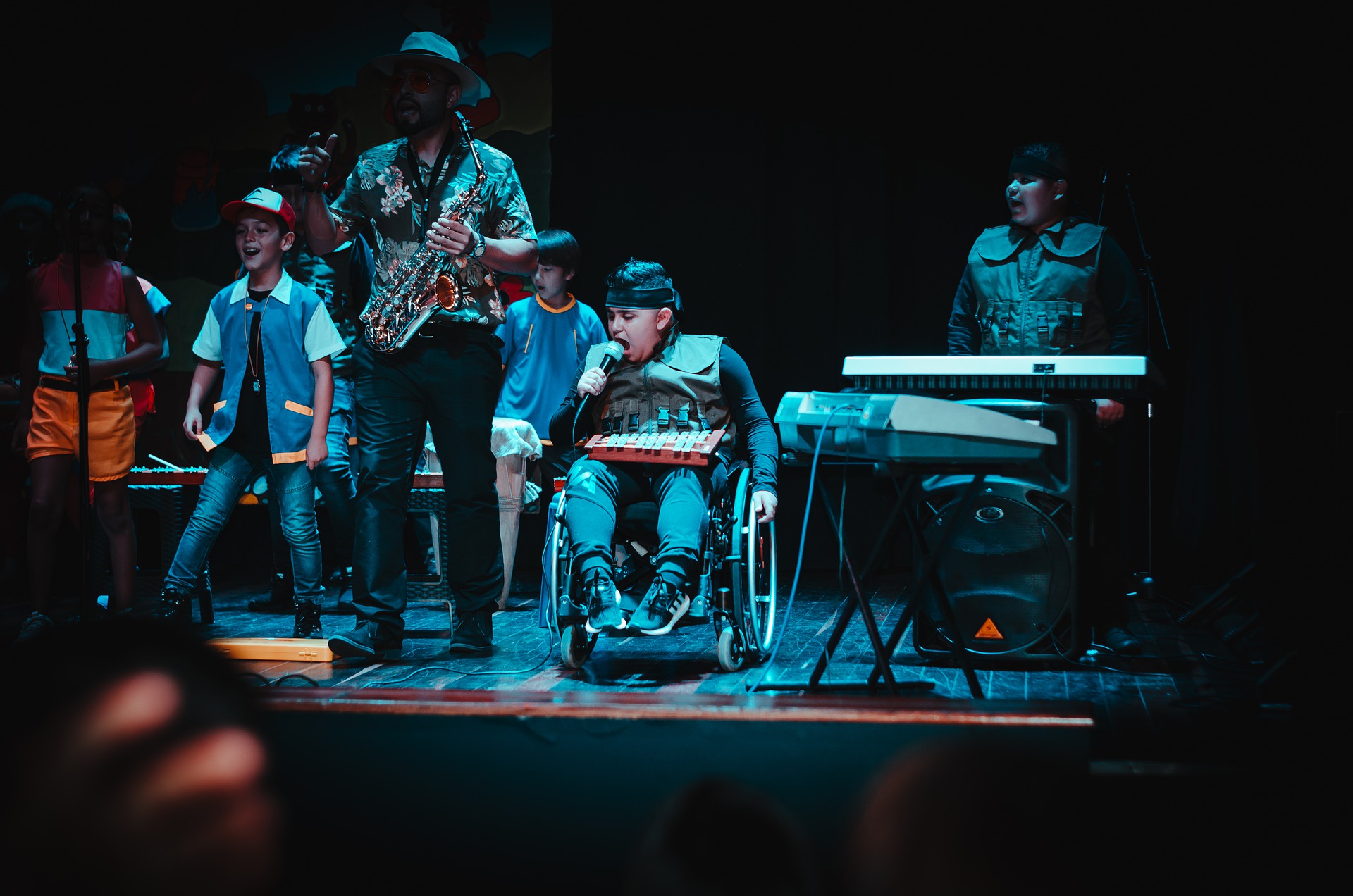A Guide to Teaching Kids About Disabilities and Inclusion

Inclusion creates an environment where all children feel valued and necessary so they can receive an education. By law, schools are required to comply with inclusion methods for children with intellectual or physical disabilities, but creating an inclusive culture begins at home. Kids have an implicit bias like adults do, which is why it's essential to teach children at a young age that having a physical disability or being neurodiverse does not make a person any less of an individual.
Kids as young as 1 or 2 will begin to recognize differences in people, and they must follow that curiosity. Children are naturally curious, so when they see something or somebody different, they may ask about it, or they may stare. If you notice your child staring, it's okay to take the lead and start a conversation. Conversations don't need to be detailed or filled with emotion. All that's necessary is a short description that answers your child's questions while remaining positive. Explain how certain aids help a person instead of focusing on what a person can't do. Respectful terminology is an integral part of making others feel included. That's why person-first language is currently the preferred terminology, as it doesn't define a person by their disability. They just so happen to be a person who is neurodiverse or disabled.
-
Curiosity in children is common, and studies show kids get a lot of pleasure out of discovery.
-
Using person-first language elevates a person's sense of self.
-
Person-first language is a great way to change how disabilities are presented.
-
Negative words create flawed perceptions of people with disabilities. For example, the term "handicap" comes from the phrase "cap in hand," which is associated with people begging on the street and associates disabilities with begging on the street.
Working together and doing things together are some of the most important things behind the word "inclusive," which is why it's important to emphasize the similarities between your child and another child. After all, that child is a person too and still has feelings, a family, a favorite color, and other favorite things that another child may also love. Emphasis on these similarities makes it more likely for a child to reach out to this other one to become friends because they can bond over their shared interests instead of focusing on their disability. A disability does not define a person just as another child's physical and mental characteristics don't define them!
-
Research has found that all students benefit from diversity!
-
An average of 75% of individuals with a learning disability struggle with interpersonal relationships at school.
-
Learning about empathy is different as your child ages. It is not a one-size-fits-all lesson!
Children with intellectual and physical disabilities are more prone to bullying than other children. They can be bullied by other children or even adults! When you're child is learning more about disabilities and inclusion, it's important to address bullying and condemn it so that they understand that intentionally hurting somebody's feelings is wrong. Everybody deserves to be treated with respect. After all, your child wouldn't like it if somebody bullied them, so why should they think it's okay to do it to somebody else?
-
Children and teens with disabilities face higher rates of bullying.
-
Supporting peer-to-peer learning and relationships can help prevent bullying in schools.
-
A robust support system is essential in bullying prevention; having a solid friend group and opportunities outside of school help fight bullying.
-
Bullying is a shared responsibility. If you or your child sees somebody getting bullied on the playground or in the hallway at school, say something.
Children who have physical disabilities may require a medical device to help them get around, such as a cane, wheelchair, and service dogs, which other kids may not understand. That's why when you're teaching your child about inclusion, make sure they know that these devices aren't toys or pets. They are essential tools, especially seeing-eye dogs. If your child sees one while out and about, it is crucial to tell them that it is not a pet, the dog has a job to help their person know so it is working and shouldn't be distracted.
Edited by: Ben Thompson

